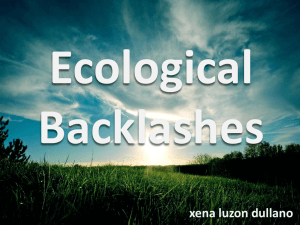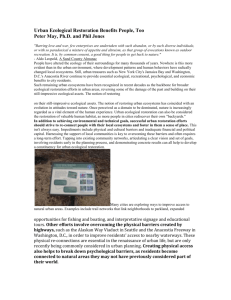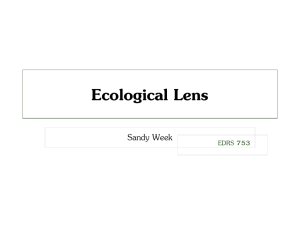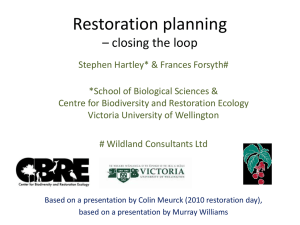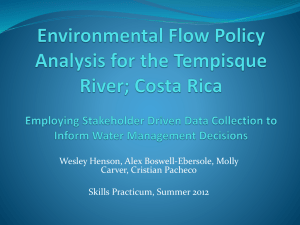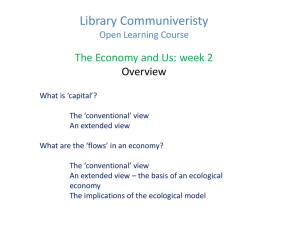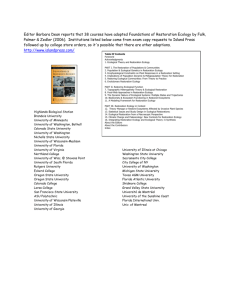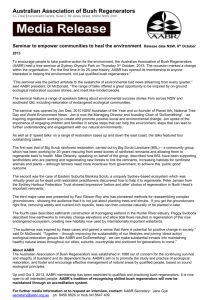Screening opinion req - Flintshire County Council
advertisement
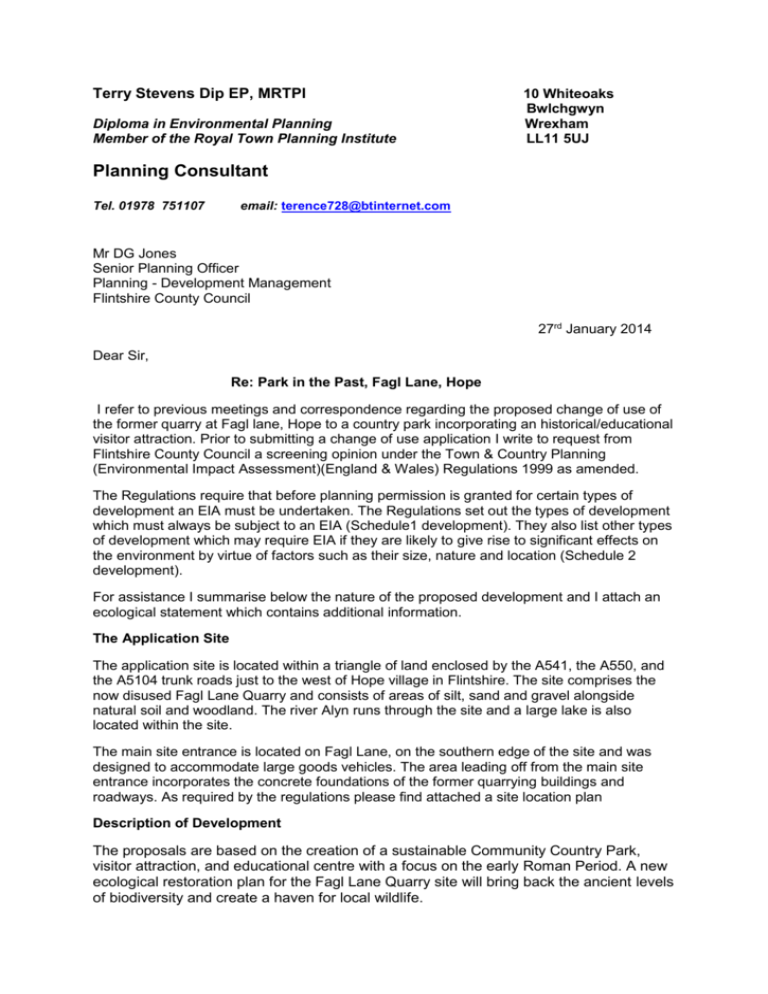
Terry Stevens Dip EP, MRTPI Diploma in Environmental Planning Member of the Royal Town Planning Institute 10 Whiteoaks Bwlchgwyn Wrexham LL11 5UJ Planning Consultant Tel. 01978 751107 email: terence728@btinternet.com Mr DG Jones Senior Planning Officer Planning - Development Management Flintshire County Council 27rd January 2014 Dear Sir, Re: Park in the Past, Fagl Lane, Hope I refer to previous meetings and correspondence regarding the proposed change of use of the former quarry at Fagl lane, Hope to a country park incorporating an historical/educational visitor attraction. Prior to submitting a change of use application I write to request from Flintshire County Council a screening opinion under the Town & Country Planning (Environmental Impact Assessment)(England & Wales) Regulations 1999 as amended. The Regulations require that before planning permission is granted for certain types of development an EIA must be undertaken. The Regulations set out the types of development which must always be subject to an EIA (Schedule1 development). They also list other types of development which may require EIA if they are likely to give rise to significant effects on the environment by virtue of factors such as their size, nature and location (Schedule 2 development). For assistance I summarise below the nature of the proposed development and I attach an ecological statement which contains additional information. The Application Site The application site is located within a triangle of land enclosed by the A541, the A550, and the A5104 trunk roads just to the west of Hope village in Flintshire. The site comprises the now disused Fagl Lane Quarry and consists of areas of silt, sand and gravel alongside natural soil and woodland. The river Alyn runs through the site and a large lake is also located within the site. The main site entrance is located on Fagl Lane, on the southern edge of the site and was designed to accommodate large goods vehicles. The area leading off from the main site entrance incorporates the concrete foundations of the former quarrying buildings and roadways. As required by the regulations please find attached a site location plan Description of Development The proposals are based on the creation of a sustainable Community Country Park, visitor attraction, and educational centre with a focus on the early Roman Period. A new ecological restoration plan for the Fagl Lane Quarry site will bring back the ancient levels of biodiversity and create a haven for local wildlife. The aim is for visitors to be able to experience our ancient history and culture by walking through the fields of a native Iron Age farmstead, through the barracks of a Roman Fort, and seeing how our ancestors lived. Working in partnership with the local community and interested organisations the intention is to create a centre for excellence in experimental archaeology, practical ecological restoration, conservation, and cultural exploration. In order to manage public access and to support the ecological restoration of the site to represent this period, ancient land management techniques will be used to lay out, and in some cases restore pathways, field boundaries, ditches and embankments, all based around a small Roman Fort and an Ancient British Farmstead. These will be planned and constructed within the context and prescriptions of the new Ecological Restoration and Aftercare plan. A new Visitor Centre will be constructed within the park to provide the necessary facilities and infrastructure to support the commercial activities on site, including the provision of educational visits and courses, as well as to support the ongoing management of the site and the planned research work. It is also intended that the Centre will also provide residential accommodation for visiting parties. For assistance I attach an ecological assessment of the site which also includes further details on the proposals. While the assessment is a couple of years old and will need to be updated (for example the site boundary has been amended since the report was prepared and now includes the whole of the lake as shown on the site location plan attached separately) it is does identify the ecological management issues and proposals for the site. The principle areas identified where there is considered likely to be some environmental impact are transport, ecology and flood risk/land drainage. While we believe that a full EIA is not required and that the potential environmental impact areas be addressed by way of a supporting planning statement and individual technical assessments, as appropriate, we appreciate that the LPA may take a different view. If you require any further information please do not hesitate to contact me and I look forward to hearing from you in due course. Yours faithfully, Terry Stevens Dip EP MRTPI


